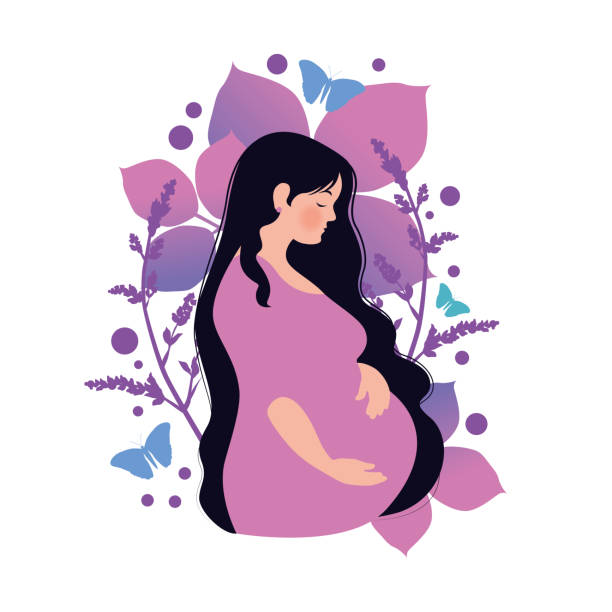
How to Make
Design and Conceptualization: Start with understanding the needs of pregnant women, focusing on comfort, support, and style.
Pattern Cutting: Use adjustable patterns to accommodate growing bellies and changing body shapes. Include features like expandable waistbands, empire waistlines, and ruching.
Prototyping: Create prototypes and conduct fittings to ensure comfort and fit.
Production: Use specialized sewing techniques for stretch fabrics and ensure durability and comfort.
Personality Development
Confidence: Maternity clothing should boost a woman's confidence by being both stylish and comfortable.
Self-Esteem: Well-designed maternity clothes can help women feel good about their changing bodies.
Body Positivity: Promotes acceptance and celebration of the natural changes during pregnancy.
Types
Casual Wear: T-shirts, leggings, jeans with elastic waistbands, and casual dresses.
Work Wear: Professional attire like maternity blouses, trousers, and skirts.
Evening Wear: Stylish dresses suitable for events and special occasions.
Activewear: Maternity yoga pants, sports bras, and tops designed for exercise.
Care
Washing: Use gentle, hypoallergenic detergents. Wash in cold water to prevent fabric damage.
Drying: Air dry or use a low-heat setting on the dryer to maintain fabric elasticity.
Storage: Store folded in a cool, dry place to avoid stretching and discoloration.
Good Side
Comfort: Provides comfort with soft, stretchy fabrics.
Support: Offers support with designs that accommodate growing bellies.
Style: Keeps women fashionable and confident during pregnancy.
Bad Side
Cost: Often more expensive due to specialized design and materials.
Limited Use: Only useful for a few months, leading to potential waste.
Sizing: Can be difficult to find the right size as body changes.
Making
Material Selection: Choose breathable, stretchy, and soft materials like cotton, jersey, and spandex blends.
Sewing Techniques: Use flat seams to avoid irritation and ensure strong, flexible stitching.
Quality Control: Ensure each piece meets comfort and durability standards.
Pattern Cutting
Adjustable Waistbands: Design patterns with elastic or drawstring waistbands.
Empire Waistlines: Allows for expansion and comfort.
Ruching and Pleats: Adds style and flexibility to accommodate a growing belly.
Material Choose
Cotton: Breathable and soft, ideal for comfort.
Jersey: Stretchy and comfortable for active wear.
Spandex Blends: Provides flexibility and shape retention.
Bamboo: Hypoallergenic and breathable, suitable for sensitive skin.
Fashion and Design
Trendy Styles: Incorporate current fashion trends into maternity designs.
Versatility: Create pieces that can be worn during and after pregnancy.
Functionality: Include features like nursing access, adjustable waistbands, and layered designs.
Trending
Athleisure: Maternity activewear that combines style and comfort.
Sustainable Fashion: Eco-friendly materials and ethical production practices.
Convertible Clothing: Designs that transition from maternity to postpartum wear.
Market
Target Audience: Pregnant women, often aged 25-40, looking for stylish, comfortable clothing.
Growth Potential: Increasing demand for fashionable and functional maternity wear.
Online Retail: Significant sales through e-commerce platforms.
Customer
Expecting Mothers: Primary customer base looking for comfort and style.
Gift Buyers: Family and friends purchasing maternity clothing as gifts.
Postpartum Women: Customers who need comfortable clothing for the postpartum period.
By focusing on these hot points, you can create a comprehensive and appealing range of maternity clothing that meets the needs of pregnant women while addressing current market trends and customer preferences.